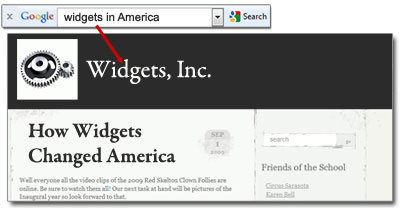Ok, so after reviewing some basic AdWords reports, you’ve managed to identify some pain points, make some bid changes, maybe even add and remove some keywords. All these changes are made and should help you on the way to having an effective paid search campaign that will deliver the results you’re looking for.
What else can you do?
Google makes a lot of data available to you within the AdWords interface that can give you additional insight into the true performance of your campaign.
To start with, different types of objectives call for different ways of measuring success in paid search, but your ultimate goal is always to get the most traffic possible to your website with the lowest cost-per-click possible.
One metric that can help you identify areas of opportunity for optimizing your paid search campaign is your Quality Score. Google applies a score to your keywords and ads – a measurement of how relevant your keywords and ads are to your landing page. The higher your Quality Score, the lower your CPC (cost per click) will be for a higher ad rank. Watch your Quality Score to help fine tune your campaign structure and landing page content so that it is highly relevant, meaning a lower CPC and more clicks for your budget. Not only does it help with your overall Pay-Per-Click costs, but you should be able to convert site visitors at a much more efficient rate because it’s more likely that your page content is exactly what they were looking for.

Another useful metric Google gives you is your Impression Share. This tells you how often your ad is showing up for the broad match keywords you bid on. Use this info to decide whether or not to create additional negative keywords to exclude irrelevant traffic. It can also lead you to research longer search terms to focus your campaign and make sure you are reaching your intended audience with good frequency. Note that this feature is only available on the Campaign Report level.
When looking at either of these stats, it’s important to not attempt to do too much all at once. Keep it simple: start by focusing on one specific ad group and seeing what kind of progress you can make with some minor changes. Things like creating smaller, more specific ad groups with much more specific ad copy or changing text on the landing page may have a big impact on your Quality Score without much work. Simply changing match types and adding full phrases as keywords can increase your Impression Share.
In paid search marketing, you’ll always be changing bids, adding keywords, and removing others to optimize. By looking at these additional factors, you can help stretch your paid search advertising dollars even further.



